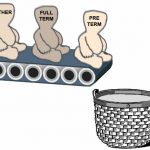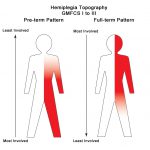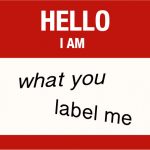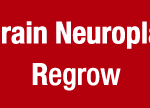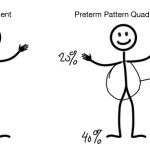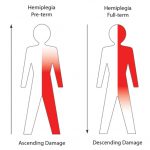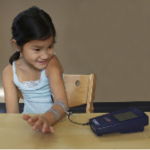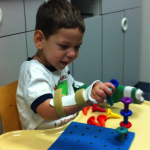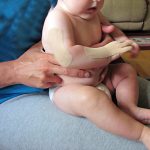I have some real problems with classifying all children with hemiplegia into one basket. As I explained last week, (Cerebral Palsy – Hemiplegia – GMFCS I to III – Part […]
Cerebral Palsy – Hemiplegia – GMFCS I to III – Part One
The topography of hemiplegia is much more complex than diplegia. The differences relate both to the type and extent of brain damage as well as the timing of the injury. […]
Cerebral Palsy – The Best Possible Outcome and How To Get It
Over my years of practice as a neonatologist and clinical neuroscientist, the most common question I have been asked is, “How bad is it?” quickly followed by “How do I […]
What Is Your Child’s Label?
The Gross Motor Functional Classification System or GMFCS is a new label applied to children with cerebral palsy and like all systems of classification, it has benefits and hazards. Person […]
Three R’s of Baby Brain Neuroplasticity
The working title of my new book is The Boy Who Could Run But Not Walk: How Neuroplasticity Rewires the Young Brain due out in September 2016. My final manuscript […]
Revolutionize Your Approach To Therapy This Summer
Doing “more of the same harder” is unlikely to produce significant change. Why not try something new this summer? Traditionally, most doctors and therapists have focused their work on the […]
Cerebral Palsy: The Timing of Damage is Important
Roughly 50% of children with CP have a defined perinatal risk factor and roughly 40% of the total number have Hemiplegia.1 Children with hemiplegia have damage on one side of […]
Neuroplasticity and Hands II: Awareness Precedes Activation
Once the wrist and hand is either able to maintain alignment or is supported in alignment, the next step is to increase the child’s awareness of the hand. This girl […]
Neuroplasticity and Hands: Doing The Right Thing, At The Right Time, and In The Right Order
Last week I wrote about Constraint Induced Movement Therapy or CIMT. This photo from the Children’s Hemiplegia and Stroke Association (www.chasa.org) is the best example that I have seen. The […]
3 Steps To Hand Use: Alignment, Awareness and Activation
Babies first explore their hands with their mouth, gradually using them to explore and reach by 3-6 months. Yet even at the stage of independent sitting, a baby can still […]
